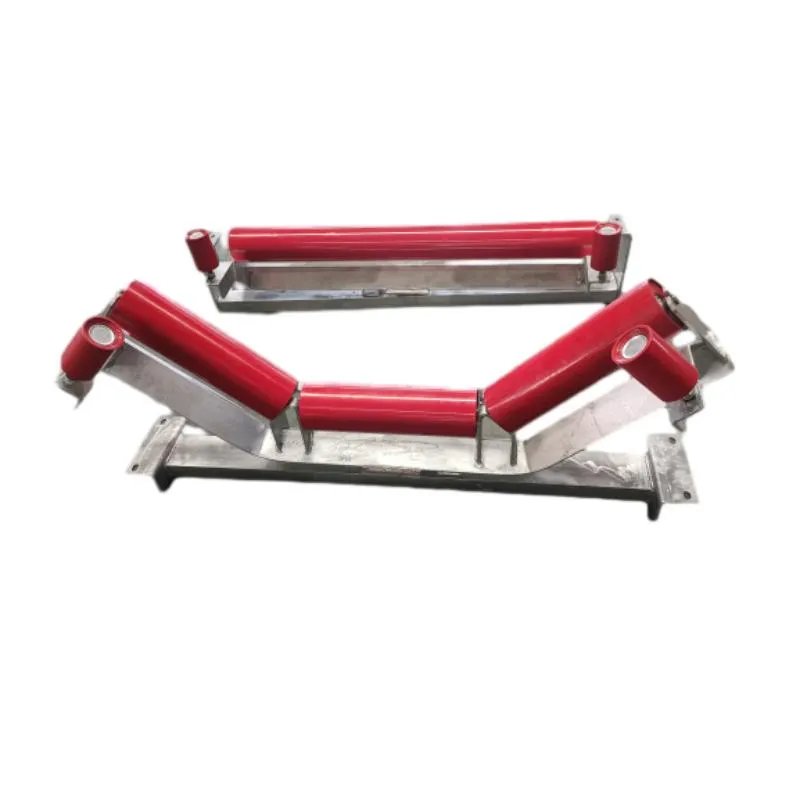 Afrikaans
Afrikaans  Albanian
Albanian  Amharic
Amharic  Arabic
Arabic  Armenian
Armenian  Azerbaijani
Azerbaijani  Basque
Basque  Belarusian
Belarusian  Bengali
Bengali  Bosnian
Bosnian  Bulgarian
Bulgarian  Catalan
Catalan  Cebuano
Cebuano  Corsican
Corsican  Croatian
Croatian  Czech
Czech  Danish
Danish  Dutch
Dutch  English
English  Esperanto
Esperanto  Estonian
Estonian  Finnish
Finnish  French
French  Frisian
Frisian  Galician
Galician  Georgian
Georgian  German
German  Greek
Greek  Gujarati
Gujarati  Haitian Creole
Haitian Creole  hausa
hausa  hawaiian
hawaiian  Hebrew
Hebrew  Hindi
Hindi  Miao
Miao  Hungarian
Hungarian  Icelandic
Icelandic  igbo
igbo  Indonesian
Indonesian  irish
irish  Italian
Italian  Japanese
Japanese  Javanese
Javanese  Kannada
Kannada  kazakh
kazakh  Khmer
Khmer  Rwandese
Rwandese  Korean
Korean  Kurdish
Kurdish  Kyrgyz
Kyrgyz  Lao
Lao  Latin
Latin  Latvian
Latvian  Lithuanian
Lithuanian  Luxembourgish
Luxembourgish  Macedonian
Macedonian  Malgashi
Malgashi  Malay
Malay  Malayalam
Malayalam  Maltese
Maltese  Maori
Maori  Marathi
Marathi  Mongolian
Mongolian  Myanmar
Myanmar  Nepali
Nepali  Norwegian
Norwegian  Norwegian
Norwegian  Occitan
Occitan  Pashto
Pashto  Persian
Persian  Polish
Polish  Portuguese
Portuguese  Punjabi
Punjabi  Romanian
Romanian  Russian
Russian  Samoan
Samoan  Scottish Gaelic
Scottish Gaelic  Serbian
Serbian  Sesotho
Sesotho  Shona
Shona  Sindhi
Sindhi  Sinhala
Sinhala  Slovak
Slovak  Slovenian
Slovenian  Somali
Somali  Spanish
Spanish  Sundanese
Sundanese  Swahili
Swahili  Swedish
Swedish  Tagalog
Tagalog  Tajik
Tajik  Tamil
Tamil  Tatar
Tatar  Telugu
Telugu  Thai
Thai  Turkish
Turkish  Turkmen
Turkmen  Ukrainian
Ukrainian  Urdu
Urdu  Uighur
Uighur  Uzbek
Uzbek  Vietnamese
Vietnamese  Welsh
Welsh  Bantu
Bantu  Yiddish
Yiddish  Yoruba
Yoruba  Zulu
Zulu rubber lagging for conveyor pulley
Rubber Lagging for Conveyor Pulleys Enhancing Performance and Durability
Rubber lagging plays a crucial role in the efficiency and longevity of conveyor systems, particularly when it comes to the performance of conveyor pulleys. By acting as a protective layer, rubber lagging not only enhances grip but also reduces wear and tear on both the pulleys and the belts they drive. This article explores the importance of rubber lagging for conveyor pulleys, its types, applications, and benefits.
Rubber Lagging for Conveyor Pulleys Enhancing Performance and Durability
Rubber lagging involves applying a layer of rubber to the surface of conveyor pulleys. This process enhances the coefficient of friction between the pulley and the conveyor belt, leading to improved traction. The increased grip minimizes the chances of belt slippage, particularly in wet or inclined conditions, ensuring efficient operation. Additionally, rubber lagging absorbs shock and vibration, providing a cushioning effect that further protects the pulley and extends its lifespan.
rubber lagging for conveyor pulley

There are several types of rubber lagging available, each suited for specific applications. Plain rubber lagging is commonly used for general-purpose applications, offering a good balance of grip and durability. Textured rubber lagging, featuring patterns like diamond or square shapes, enhances traction significantly and is ideal for applications requiring robust grip, particularly on steep inclines. Additionally, ceramic lagging combines ceramic tiles with rubber, providing extreme resistance to abrasion and wear, making it suitable for high-impact and high-friction environments.
The installation of rubber lagging on conveyor pulleys is a straightforward process that can yield immediate benefits. It is important to choose the right type of rubber lagging based on factors such as the material being transported, operating conditions, and necessary traction levels. Proper installation and regular maintenance of the lagging material are essential in ensuring optimal performance and prolonging the lifespan of the conveyor system.
The benefits of rubber lagging extend beyond improved traction and reduced wear. It also contributes to energy efficiency. When conveyor belts operate smoothly without slippage, it reduces the energy required to move materials, leading to lower operating costs and less environmental impact. Moreover, rubber lagging protects the pulley from corrosion and deterioration caused by abrasive materials, further extending the service life of both the pulley and the belt.
In conclusion, rubber lagging is an indispensable component of conveyor pulley systems. It enhances performance by providing better traction, reducing wear, and improving energy efficiency. By investing in quality rubber lagging, industries can ensure the reliable operation of conveyor systems, resulting in increased productivity and lower maintenance costs. As conveyor technology continues to evolve, the role of rubber lagging remains vital in maintaining the efficiency and durability of material handling operations across various sectors.
-
Revolutionizing Conveyor Reliability with Advanced Rubber Lagging PulleysNewsJul.22,2025
-
Powering Precision and Durability with Expert Manufacturers of Conveyor ComponentsNewsJul.22,2025
-
Optimizing Conveyor Systems with Advanced Conveyor AccessoriesNewsJul.22,2025
-
Maximize Conveyor Efficiency with Quality Conveyor Idler PulleysNewsJul.22,2025
-
Future-Proof Your Conveyor System with High-Performance Polyurethane RollerNewsJul.22,2025
-
Driving Efficiency Forward with Quality Idlers and RollersNewsJul.22,2025





























